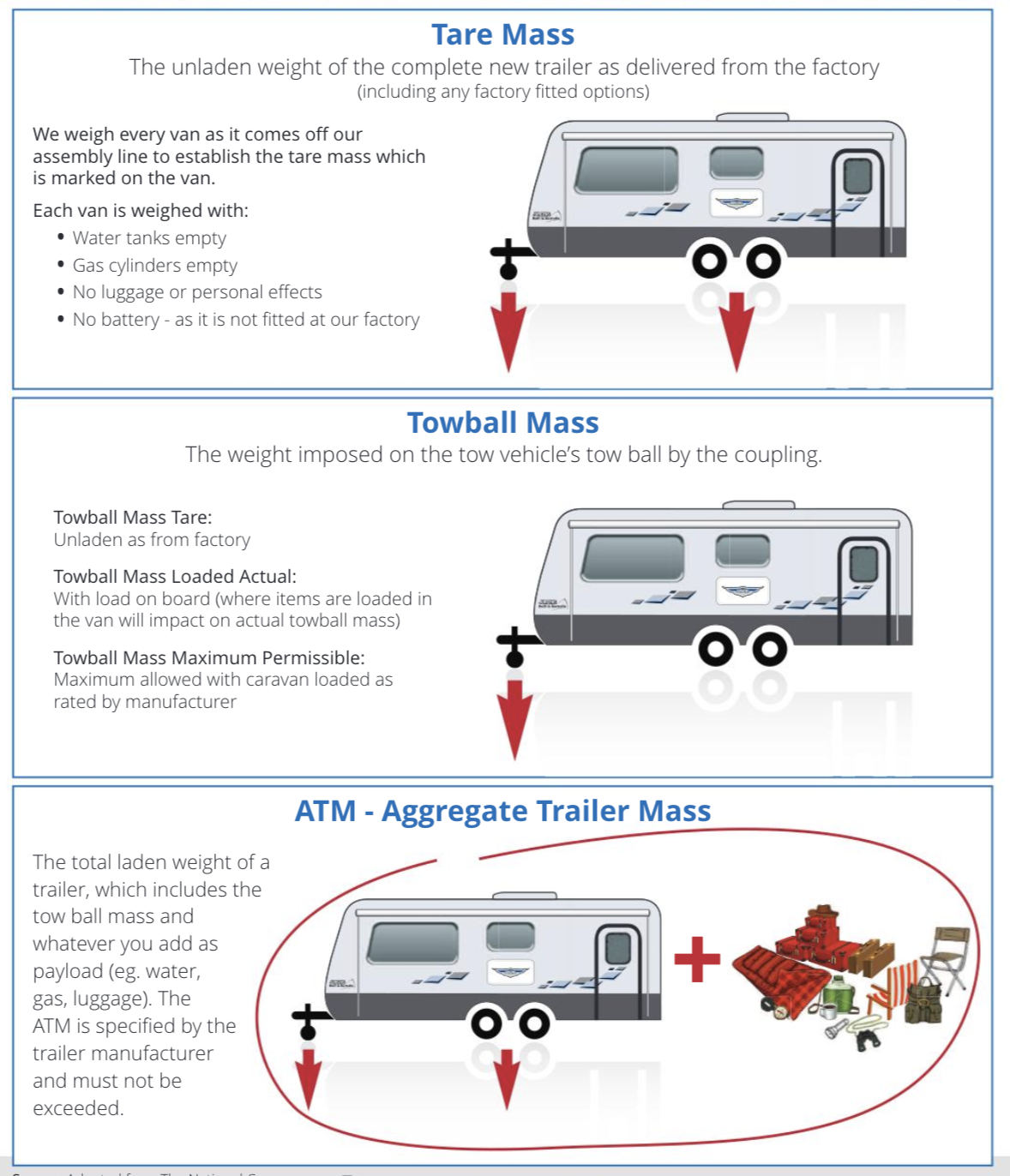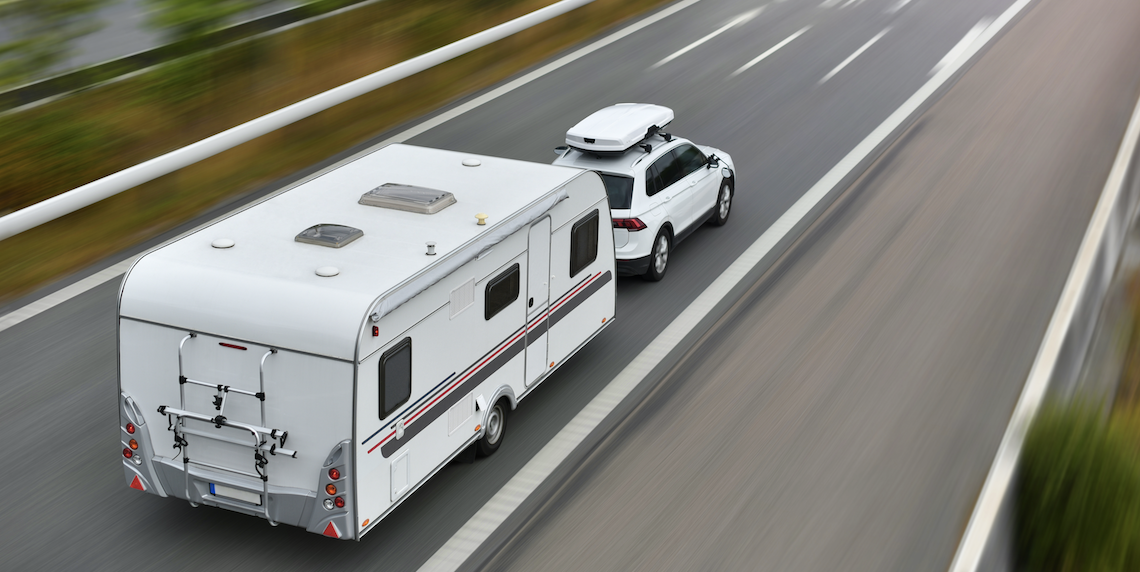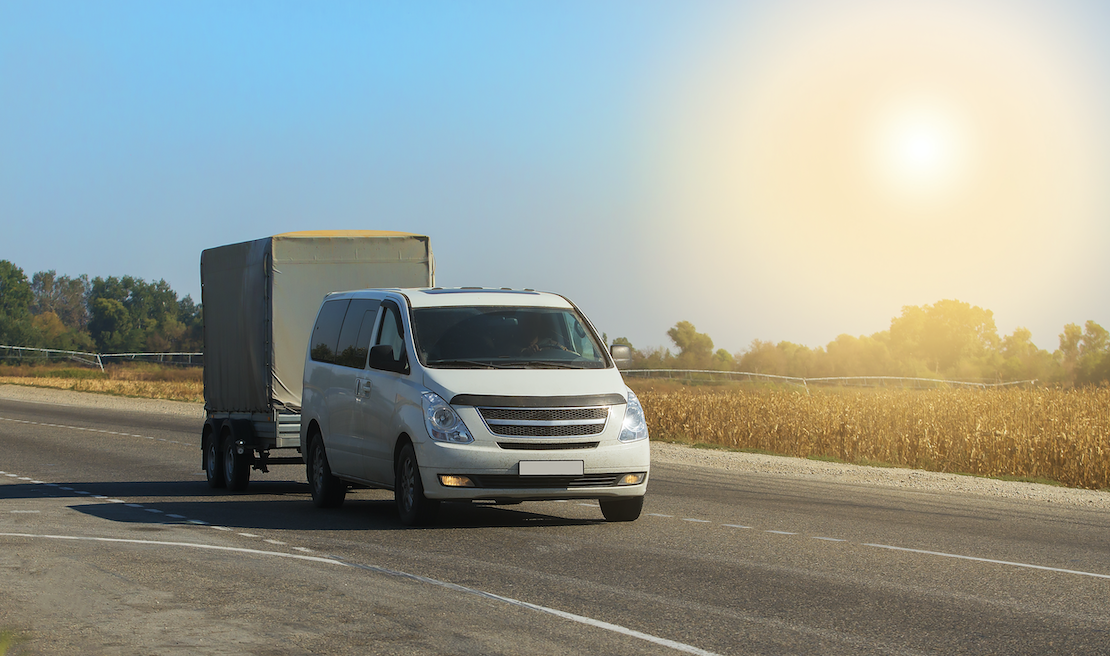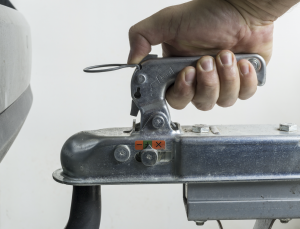There are a lot of misconceptions when it comes to towing. One of the most common has something to do with the car’s towing capacity.
The capacity of the vehicle is not always equal to the amount or heaviness of the load it can tow.
Whether you have a new or old car with a substantial towing capacity, there are a few things you may not know about it. People who typically need to tow caravans will look at the vehicle’s towing limitations.
However, car owners often make such a mistake. Let us say that a vehicle is said to have a 3,000-kilogram towing capacity. Therefore, it automatically means that this car can tow a three-tonne caravan, does it not?
Unfortunately, the answer is no – or at least, not always. Some other factors can easily affect how much load the car can tow.
All About the Towing Capacity of Vehicles
Many cars have a designated towing capacity, which the manufacturer has provided for the drivers to know. You can find it in the owner’s manual of your vehicle. Look for the values you see that says “aggregate trailer mass” or ATM.
The number you find denotes the maximum weight the vehicle can pull without you worrying about its stability.
In simple terms, the towing capacity of a vehicle refers to the maximum weight allowed for a car to tow. The vehicle manufacturer specifies the exact weight.
It can be quite confusing for some people because towing hitches can have a higher capacity than the vehicle’s actual weight limit.
In reality, the explanation is straightforward. These hitches are designed to fit different types of cars.
To be always on the safe side, follow what the auto manufacturer says regarding the towing capacity of your car. This way, accidents and damage to your vehicle can be avoided.
Although the towing capacity is essential, there are other factors to consider. These factors tell you how much you can tow, which include the total weight of the towed vehicle and even the towbar strength.

Let Us First Talk About the Weight of the Trailer
Trailers pertain to caravans, boats, horse floats, and others. These trailers are assessed based on their total weight more often than not, along with the maximum load they can support.
The total weight means their unladen or tare weight, which refers to the real weight of the vehicle or container when it does not carry any load. Knowing the tare weight is helpful, especially if you need to know the heaviness of the goods you have.
The weight of the trailer comes in two variations:
Aggregate Trailer Mass
We have already talked a little bit about aggregate trailer mass (ATM) above. It pertains to the unladen weight of your trailer, as well as its maximum payload. It should be uncoupled from a vehicle to know the real ATM. Some people call ATM as the gross trailer weight.
Gross Trailer Mass
The gross trailer mass (GTM) is not the same as the gross trailer weight or ATM. This measurement tells you the weight of the trailer, but this time, it is fully loaded on its axle. Therefore, it is a smaller number compared to the ATM of the vehicle. The reason behind it is that it does not include the underpinnings of the trailer.
Aside from the GTM and the ATM, you may also want to know about the gross combination mass. The GCM gives you an idea regarding the maximum allowed weight (total) for both the trailer and the vehicle themselves. To get the gross combination mass, you will need to add the aggregate trailer mass (ATM) of the container and the vehicle’s gross vehicle mass (GVM).
The trailer is not the only thing to consider when you are towing. You should also know about the weight of the vehicle, which is measured through:
Kerb Weight
When the weight of the vehicle is assessed, it usually includes the additional mass it gets when the tank of fuel is full. It is exactly what the kerb weight is. However, this number does not include payloads, such as luggage and passengers. The weight of the vehicle’s accessories, such as roof racks and bull bars, is also disregarded.
Gross Vehicle Mass
The GVM is added to the ATM of the vehicle to get the gross combination mass (GCM). GVM pertains to the total weight of the car. Unlike the kerb weight, it takes into consideration the payload. You can get the GVM by adding the kerb weight with the weight of the passengers, goods, and accessories.
When determining the towing capacity of a vehicle, the total number is usually based on different things, including the power and torque of the car. The durability of the frame, the grip of the tyres, and strength of the rear axle should all be considered as well.
Additionally, the towing capacity can be characterised as either braked or unbraked:
- When the towing capacity is “braked,” it refers to the aggregate trailer mass of a trailer that has its own brakes.
- When the towing capacity is said to be “unbraked,” it tells you that the trailer does not have brakes.
- The towing capacity of a braked trailer is higher than the unbraked one. The reason is that the vehicle should absorb the braking force as much as possible.The problem with the specified towing capacity of the vehicle is that it can be quite misleading. For instance, you want to know whether or not you stay within the gross combination mass (GCM) limit.
Unfortunately, any extra weight you add to the tow vehicle will have to be taken away from the ATM of the trailer. This way, you do not go over the GCM.
Let us have an example to understand the guidelines better.
Your vehicle has a maximum gross combination mass (GCM) of 6,000 kilograms. According to the manual, it has a 3,500-kilogram towing capacity (braked).
Theoretically, the vehicle weight or the gross vehicle mass (GVM) should allow up to 2,500 kilograms. This way, the vehicle can easily tow a 3,500-kilogram load.
The truth, however, is that the weight of your vehicle changes. It is not the same as when it rolled out of the factory. You may have already added certain items, including luggage, some passengers, and a tow bar among other accessories.
The tow bar itself already weighs 60 kilograms. Other accessories can quickly add to the total weight of the car. For instance, you have the following accessories:
- A roof rack weighing about 40 kilograms
- Spare wheel weighing 15 kilograms
- Bulbar and winch for 100 kilograms
- You may also have 300-kilogram camping gear.
All in all, the gross vehicle mass already amounts to 3,015 kilograms.
Taking the example above, the maximum towing capacity is around 2,985kg, which is needed to make sure you stay within the 6,000 gross combination mass (GCM) limit.
As you can see, if you wish to tow, a decent buffer is always useful. The extra capacity should be more than the maximum towing capacity of the vehicle and the tow load by about 20%.
The Tow Ball and Towbar
Tow Ball loading is the force or weight downwards. In other words, it is the maximum vertical weight that the tow ball can take. It is important to know because it helps you figure out the right towing weight. This way, it will not reduce the load off of the vehicle’s front wheels; otherwise, it will make it difficult for you to steer and achieve efficient braking.
If you think about it, you will notice that front-wheel-drive vehicles would typically have a lower capacity for towing. Meanwhile, the all-wheel and rear-wheel drives have a higher towing capacity.
Tow ball loading is essential, especially for those who want to determine the towing capacity of their vehicle. However, it should be noted that even a light trailer, which does not weight as much as the towing capacity, can still go over tow ball loading. You can fix the situation by making sure the trailer is not front-heavy.
The rule is to make sure you are around just 10% of the maximum towing capacity when it comes to tow ball loading.
The towbar strength, on the other hand, is quite essential in knowing the capacity of your vehicle. In reality, the ability of your truck to tow is equivalent to the towbar. You will usually see that the towbars today have a maximum weight that can either be larger or smaller than the vehicle’s set maximum weight.
Therefore, if you have a car that has a 2,800-kilogram towing capacity, you can only tow up to 2,500 kilograms if the towbar has a 2,500-kilogram limit. Meanwhile, a towbar rated at 3,000-kilogram will have to go with the car’s towing capacity if it is lower than the towbar rating.
Other Definitions to Know About
The capacity of the vehicle when towing is not the only measure to consider. Other things that tell you about the car’s ability to pull are found below:
- Hitch weight: This value pertains to the weight that the hitch of the trailer can handle without problems. Always check the rating of the hitch to make sure it can handle the load you have attached to it.
- Hitch rating: Hitches have various rating categories depending on the weight they can take, such as:
– Class 1 hitches can support up to 90kg, so they are best for pulling bike racks and tiny trailers.
– Class 5 can handle almost 800kg, making them the perfect choice for boats and heavy, multi-car trailers. - Tongue weight: When you check your owner’s manual, and you find the abbreviation TW, it pertains to the tongue weight. TW is the force that the tongue of the trailer has to exert on the ball hitch of the vehicle pulling it. The ideal TW is between 10 to 15 per cent of the gross trailer mass (GTM).
Towing Tips and Tricks in Melbourne
With all the terms above, it is not surprising that many people end up getting confused with them. The best way to tow is to have a professional do it for you. When you are in the middle of the road because your engine broke down, one of the first things you should do is call a towing company to help you.
Towing a trailer or caravan may look like an easy task. However, it requires skill, attention, and extra care compared to driving normally.
Before you start towing, you should know about specific rules and regulations. The government has put together several standards that all tow truck drivers should comply with.
They include:
- The Accident Towing Services Act 2007
- The Accident Towing Services Regulations 2008
- The Australian Design Rules (ADRs) 61/02 Vehicle Markings
- Accreditation Certification conditions
- State and Federal laws applicable to driving a tow truck, including road safety and occupational health and safety for workers
If you tow a trailer, you should not just check your vehicle but the other vehicle as well. Before towing, you should make sure the trailer or caravan is registered. Not all trailers are required to do so, but certain weight and sizes should be.
Another thing to do before you start towing is to ensure all the tyres are inflated correctly. Many drivers tend to store the trailers for a long time. They simply assume that the tyres and the containers themselves are in perfect condition to be pulled.
You should also check the suspension system of the trailer. The brakes should be well-fitted. If you have a small trailer, it will, however, have no brakes. You can carry 750 kilograms of load but not more than that.
Meanwhile, if you have a large trailer, it will typically have brakes, which can either be hydraulic or electric. The plug of the trailer is important, so you shod make sure it matches your car.
More Rules and Hazards to Be Aware of for Towing
- When towing, you cannot pull more than one caravan at a time. Additionally, you cannot have anyone riding the trailer while it is being towed. Other rules include:If the road does not have street lights, tow truck drivers are required to be at least 60 metres behind another vehicle. The only exception here is when you need to overtake the heavy cars or those that are also towing trailers.
- If you are among those with a P1 car licence, you are allowed to tow small trailers, which should be of 250-kilogram when there is no load.
- Only those who have a driver’s licence can tow. Therefore, if you are still learning how to drive, you cannot haul any vehicle.
- Newbies in caravanning know how difficult it is to manoeuvre the combination of the trailer and car. Without realising this fact, problems can quickly occur, which can include incompatible movement of the car and caravan. Lack of driving skills can also be an issue, along with incorrect loading and the use of improper towing equipment.
- One thing to understand is that the acceleration rate of your car will significantly decrease when there is a load behind. It is often advised to stay longer in each gear before you shift to a higher one, mainly if you use a manual transmission. On the other hand, if you have an automatic transmission, you can go for the selector lever, which controls changes.
- Driving the vehicle attached to a trailer should be done carefully. Some drivers, however, mistake it as driving slowly. In Melbourne and the rest of Victoria, you cannot obstruct the path of either a pedestrian or a driver. The only time you will be allowed to do so is if you have a valid reason for blocking, which authorities will have to assess.
- All states, including Victoria, require the use of an electronic breakaway system. It will be fitted to the trailer, particularly if it weighs more than 2,000 kilograms.
- You also have to be prepared when towing. All vehicles are required to comply with all regulations, including registration. They should also meet roadworthiness standards. You should never use your vehicle and trailer if you have not checked both thoroughly.
- In Melbourne and many other parts of Australia, the number plates at the rear of the vehicle should not be obscured. Sometimes, when you tow vehicles, the tow bar can conceal the plates and even the lights. Be sure that they can be seen when the trailer is not connected.
- When towing, you should also have your vehicle properly equipped with electrical sockets, which are useful for lighting. You will also need couplings and tow bars. Make sure these items are suited for the type and capacity of your vehicle and trailer. Finally, the brake connections should be fitted with the brakes.
It is always wise to have a reliable towing company’s number saved on your phone. This way, you know who to call if ever you are stranded on the side of the road. You will no longer have to waste a lot of time searching for towing services in Melbourne.



